فهم أساسيات التآكل
التآكل هو تحد لا مفر منه يؤثر على جميع الهياكل والمكونات المعدنية. إنها العملية التي تتفاعل بها المعادن مع بيئتها ، مما يؤدي إلى تدهور المواد وفقدانها. وهذا التفاعل ليس مجرد مسألة سطحية؛ بل هو أيضا مسألة تتعلق بالتحديات التي يمارسها الجميع. إنه تفاعل كهروكيميائي معقد يمكن أن يضر بالبنية الداخلية للمادة المصابة. تعمل عناصر مختلفة ، مثل الأكسجين والرطوبة ، كمحفزات ، مما يسرع عملية التدهور هذه ، في حين أن العوامل البيئية مثل الملوثات ودرجة الحرارة يمكن أن تسرع أو تضاعف آثار التآكل.
يعد التعرف على العلامات وفهم آليات التآكل أمرا بالغ الأهمية لأي صناعة تعتمد على البنية التحتية المعدنية أو الآلات. إن معرفة أشكال التآكل المختلفة ، مثل التآكل الموحد ، والتنقر ، والتآكل الكلفاني ، وتآكل الشقوق ، تزود المهنيين بالقدرة على تحديد المشاكل المحتملة في وقت مبكر. يدعم هذا الفهم تطوير تدابير وقائية ، بما في ذلك اختيار المواد ، والطلاء ، والحماية الكاثودية ، وتعديلات التصميم ، والتي يمكن أن تقلل بشكل كبير من مخاطر التآكل وتأثيره على الأصول القيمة.
أهمية مراقبة التآكل
تقف مراقبة التآكل كوصي ضد الطبيعة الخبيثة لتسوس المواد. إنه ليس مجرد إجراء وقائي ولكنه أداة استراتيجية تسترشد بقرارات الصيانة والتشغيل لعدد لا يحصى من الصناعات. من خلال المراقبة المستمرة ، يمكن للمهندسين وفرق الصيانة اكتشاف العلامات المبكرة للتآكل ، غالبا قبل حدوث أي ضرر مرئي. يسمح هذا النهج الاستباقي بالتدخلات في الوقت المناسب ، والتي يمكن أن تحدد موقع الإصلاحات وتمنع الضرر على نطاق واسع ، مما يوفر في النهاية موارد واستثمارات كبيرة على المدى الطويل.
علاوة على ذلك ، تمتد فوائد مراقبة التآكل إلى ما هو أبعد من المدخرات المالية. إنه عنصر حاسم في ضمان سلامة وموثوقية الهياكل والأنظمة. على سبيل المثال ، في قطاعات مثل النفط والغاز والنقل والبنية التحتية العامة ، حيث يمكن أن يؤدي الفشل إلى عواقب وخيمة ، فإن الحفاظ على سلامة المكونات المعدنية أمر غير قابل للتفاوض. لا تساعد مراقبة التآكل في الحفاظ على السلامة الهيكلية فحسب ، بل تضمن أيضا الامتثال للوائح السلامة والمعايير البيئية. من خلال دمج تقييمات التآكل المنتظمة ، تظهر المؤسسات العناية الواجبة والالتزام بالتميز التشغيلي والسلامة العامة.
ما هو التآكل؟
التآكل هو ظاهرة طبيعية تحدث عندما تتعرض المواد المعدنية للتدهور نتيجة للتفاعلات الكيميائية أو الكهروكيميائية مع بيئتها. يمكن أن تؤدي هذه العملية إلى أضرار مادية وهيكلية كبيرة بمرور الوقت. التآكل في جوهره هو نتيجة لمعدن يسعى جاهدا للعودة إلى حالة طاقة أقل استقرارا ، وعادة ما يكون شكل خامه.
العملية الكيميائية والكهروكيميائية
كيميائيا ، يمكن أن يحدث التآكل عندما يتفاعل المعدن مباشرة مع الأكسجين أو الماء أو الأحماض أو المواد الكيميائية الأخرى في البيئة. على سبيل المثال ، يعد صدأ الحديد مثالا معروفا للتفاعل الكيميائي مع الأكسجين والرطوبة. يتفاعل الحديد مع الأكسجين لتكوين أكسيد الحديد ، وهو هش ويفتقر إلى قوة وسلامة الحديد الأصلي.
كهروكيميائيا ، ينطوي التآكل على سلسلة أكثر تعقيدا من التفاعلات. ويشمل حركة الإلكترونات من المناطق عالية الطاقة من المعدن (الأنودات) إلى المناطق منخفضة الطاقة (الكاثودات). في البيئة المائية ، يسهل وجود المنحل بالكهرباء ، مثل الماء المالح ، نقل الإلكترون هذا. يذوب المعدن الموجود في الأنود في المنحل بالكهرباء ، مما يؤدي إلى فقد المواد ، بينما يحدث تفاعل الاختزال عادة عند الكاثود. هذه العملية الكهروكيميائية هي المبدأ الكامن وراء أشكال مختلفة من التآكل مثل التآكل الجلفاني والتنقر والشقوق.
يعد فهم الطبيعة الكهروكيميائية للتآكل أمرا بالغ الأهمية لأنه يسلط الضوء على الظروف التي تتآكل فيها المعادن والعوامل التي يمكن أن تسرع أو تمنع العملية. هذه الأفكار ضرورية لتطوير مواد مقاومة للتآكل وتنفيذ تدابير وقائية مثل الطلاء والحماية الكاثودية والتحكم في الظروف البيئية.
من خلال فحص الظروف المحددة التي تؤدي إلى التآكل ، يمكن للمهندسين والعلماء التنبؤ بالمكان الذي من المرجح أن يحدث فيه التآكل ومدى سرعة تقدمه. هذه المعرفة ضرورية للتصميم الصحيح واختيار المواد في البناء والتصنيع وغيرها من المجالات التي تتعرض فيها المعادن لبيئات يحتمل أن تكون قابلة للتآكل. علاوة على ذلك ، فإن فهم العملية الكهروكيميائية للتآكل هو الأساس لاستراتيجيات المراقبة والصيانة الفعالة التي يمكن أن تطيل عمر المكونات والهياكل المعدنية.
أنواع التآكل
هناك العديد من أشكال التآكل ، ولكل منها خصائصه وآثاره الفريدة.
التآكل الموحد هو الشكل الأكثر شيوعا ، والذي يؤثر بشكل موحد على السطح بأكمله. يتم ترقق المعدن بشكل موحد ، مما يؤدي عادة إلى تشويه السطح. غالبا ما يستخدم هذا النوع كمؤشر على البيئة المسببة للتآكل. يمكن للفحص المنتظم اكتشاف التآكل المنتظم والتخفيف من حدته.
يحدث التآكل الجلفاني عندما يتلامس معدنان مختلفان مع إلكتروليت أكال. تتآكل المعادن الأكثر نشاطا ، بينما تظل المعادن الأكثر تكلفة دون تغيير. يجب على المصممين أن يأخذوا ذلك في الاعتبار عند اختيار مواد الاقتران المعدني.
يستهدف التأليب مناطق صغيرة ، مما يؤدي إلى حفر عميقة وضيقة. يتم إخفاؤه وغالبا ما لا يتم اكتشافه حتى يتسبب في أضرار جسيمة. نظرا لطبيعته المحلية ، يمكن أن يؤدي التجويف إلى فشل هيكلي حاد.
يحدث تآكل الشقوق في المناطق المحمية حيث قد تتراكم المحاليل الثابتة. تشمل هذه المناطق الغسالات والحشيات ورؤوس التثبيت السفلية. يمكن أن يقلل التصميم المناسب واختيار المواد المناسب من خطر تآكل الشقوق.
يهاجم التآكل بين الخلايا الحبيبية حدود الحبوب للسبيكة. هذا النوع يضعف البنية الداخلية للمعدن دون التأثير على مظهره العام. يجب على الشركات المصنعة التحكم بعناية في تكوين السبائك لمنع هذا التآكل.
يجمع تكسير التآكل الإجهادي بين هجوم التآكل وإجهاد الشد. هذا يمكن أن يؤدي إلى فشل غير متوقع ومفاجئ للهياكل المعدنية. تشمل التدابير الوقائية علاجات تخفيف التوتر واختيار المواد بعناية.
تتبع مراقبة المقاومة التآكل عن طريق قياس التغيرات في مقاومة المعادن. توفر هذه الطريقة نظرة ثاقبة لمعدل فقدان المعادن. لقد اعتمدته الصناعة بسبب بساطته وفعاليته.
يعد قياس خسائر المعادن أمرا بالغ الأهمية لتقييم شدة التآكل. تقنيات مثل قياس انعدام الوزن وقياس سمك بالموجات فوق الصوتية شائعة. إنها توجه قرارات الصيانة وتساعد في التنبؤ بعمر الخدمة.
لديها مجموعة واسعة من التطبيقات في الصناعة. من الأنابيب إلى الجسور ، تعد مراقبة التآكل أمرا ضروريا. يضمن موثوقية وسلامة العمليات.
مقاومة الاستقطاب الخطي (LPR)
مراقبة مقاومة الاستقطاب الخطي (LPR) هي تقنية لتقييم معدلات التآكل في الوقت الفعلي. يستنتج معدل التآكل عن طريق قياس مقاومة الاستقطاب. LPR قيمة للغاية لاتخاذ القرارات بشأن استراتيجيات الحماية من التآكل.
العلوم الكهروكيميائية هي أساس مراقبة التآكل. يشرح كيفية حدوث التآكل وكيفية قياسه. فهم هذا العلم ضروري للتحكم الفعال في التآكل.
مع معدلات التآكل في الوقت الفعلي ، يمكن للصناعة أن تتفاعل بسرعة مع مشاكل التآكل. يمكنهم تخطيط الصيانة وتحسين العمليات ومنع الأعطال. هذا النهج الاستباقي يوفر المال ويحسن السلامة.


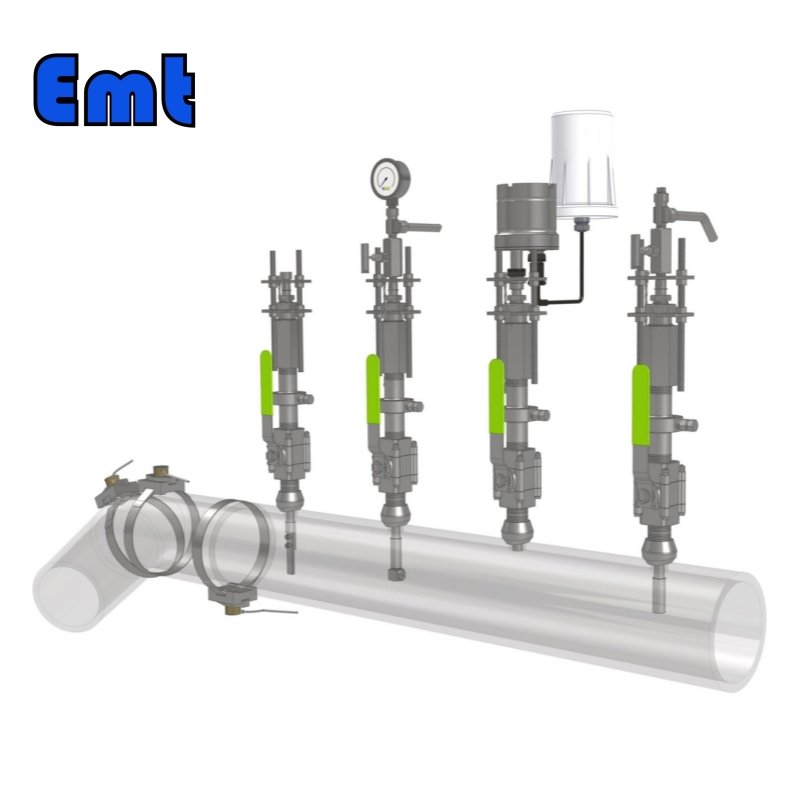
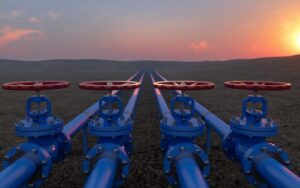


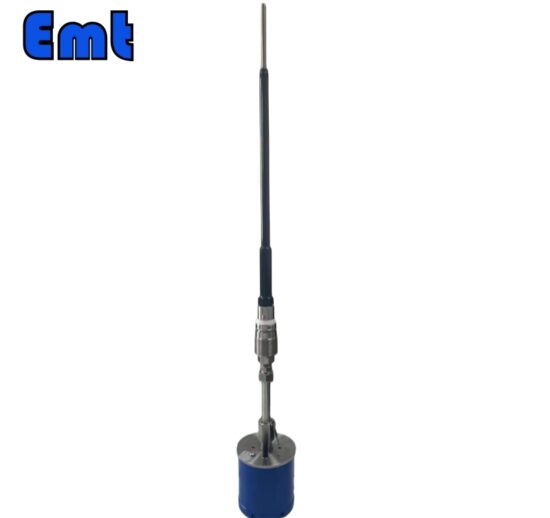
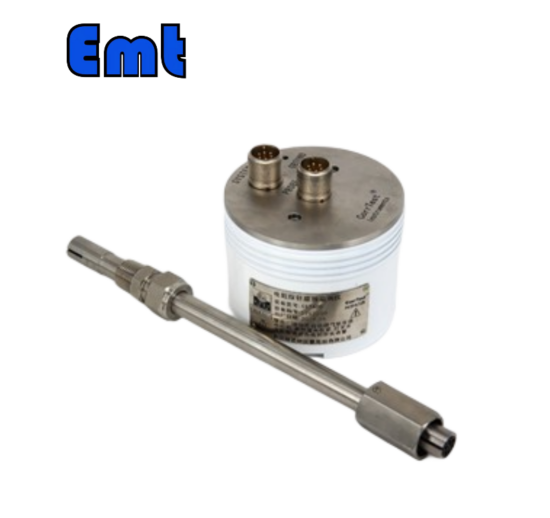
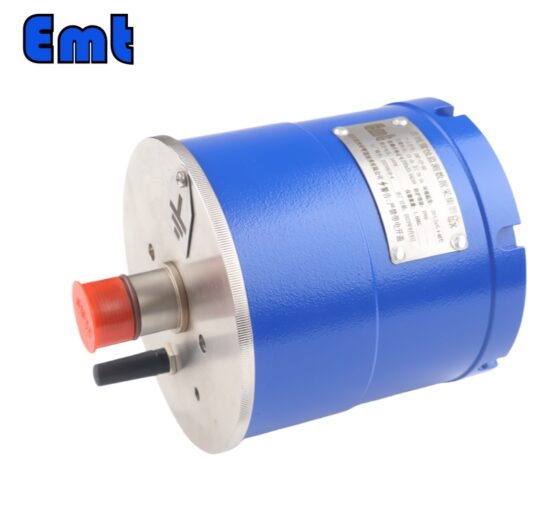
لا توجد مراجعات بعد.